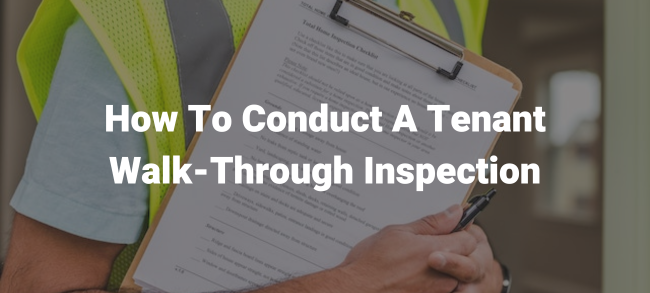Landlords Can Help New Tenants with their Move
Discover how Landlord and Advantage Realty Can Help New Tenants with their Move in Tampa, FL & Surrounding Areas

1. Relationship
Moving into a new place can be daunting and exciting all at the same time. When you are moving into a new apartment building or a rental home, it is essential to get to know your new landlord or property manager. The owner needs to be involved with the move.
You can take advantage of this opportunity to get to know your landlord and who you will be in contact with from there on about rental payments or any repairs that you might need in your new place. It’s nice to put a face who you will be contacting!
2. Planning
Constant and clear communication with your building owner is a must when planning your move-in. When moving into a rental property or apartment, both parties must meet to discuss the provisions of the lease agreement, agenda of the move-in, house rules, and more. Documents according to these topics will need to be agreed upon and signed such as: the Lease Agreement, House Rules, and any notices such as pet policies, lead and asbestos disclosures, pest control notice, and more.
These items, including the receiving of and understanding of a resident or tenant handbook, will help to streamline your moving and storage process. Ask the landlord if the tenant handbook has the information you will need such as: emergencies protocol for fires, earthquakes, and even rules on community areas like lounges, laundry, work out rooms, study areas, and more.
3. The Move
Depending on what kind of complex you are moving into, it is vital to plan and discuss with the building owner if your moving company will need any keys, access codes, and permissions to enter and exit the building freely during the move.
If you live on an upper floor, you may need to reserve the elevator’s use for your movers during the move-in day to make sure the move is not interrupted and is not in the way of the other tenants as well. When planning for the move-in, ask your landlord what the recommended process and procedures for a move-in are to follow their guidelines.
4. Inspections
Upon every new move into a rental property or apartment, the owner of the building should complete an inspection when the move-in is complete. This inspection with the tenant can include inspecting the work done by the moving company to see: move-in damages, missing boxes or any prohibited item after the move-in. An inspection will also involve reviewing the property with the owner. You will need to be shown appliance connections, the water shut-off valve, electrical panel, and more. Once the inspection is complete, both the tenant and owner will sign the move-in inspection form.
There are many steps and topics to discuss when planning for a move. Clear and continuous communication is key between not only the tenant and the owner, but with the moving company as well. With these pieces of advice, you will know how to approach and handle your upcoming move to a new rental home or office.
These moves involve many parties. For this reason, you should keep clear and open communication between all and work together to ensure that the move is efficient and successful.










